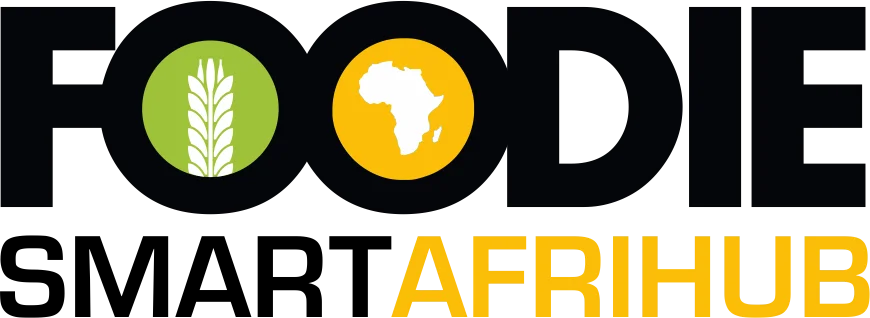Forgotten Foods
Currently, about 7,000 plant species out of about 30,000 identified edible plant species have been used in the history of humanity to meet food needs (FAO 1998). Among these species, just 103 crops species provide 90% of the calories in the human diet, while only four of these (rice, wheat, maize, and potato) account for 60% of the human energy supply (Tontisirin and Bhattacharjee, 2010, Padulosi et. al., 2013). This implies that quite a lot of crop species are forgotten (i.e. underutilized, neglected, and unimproved). They are underutilized in terms of consumption. They are neglected in terms of research, extension, commercialization, and conservation. With the growing need to fix issues of hunger and nutrition in Africa, it is imperative to explore the multitudes of food commodities that are indigenous to Africa. The distribution of 121 main forgotten foods in Africa revealed that West Africa had the highest percentage (26%) of the forgotten foods are found in West Africa followed by East Africa (24%), while North Africa had the lowest (6%).
Recent population projection indicated that Africa population will rise to 9.19 billion by the year 2050 (UNDP, 2008). This projection suggest that the problem of food security may attain a destructive proportion if great effort is not channel to halt the current situation and reverse the food and nutrition insecurity trend. Food security globally is constrained by several factors including the heavy reliance on very few key staple crops. One of the reasons for this situation is that Africa has deviated from embracing her traditional food system which involves cultivation and use of the traditional foods. Forgotten foods have enormous nutritional, medicinal, and economic values and when promoted, could highly contribute to poverty reduction and improve food security in Africa. In spite of the value that forgotten foods can potentially contribute to Africa food system, they have not attracted sufficient research and development attention.
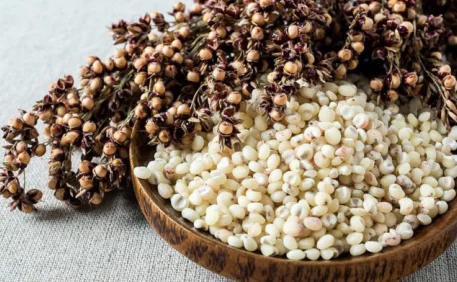
SMARTAFRIHUB Hackathon 2022 Challenge 12 is therefore, aligning with this work to develop the “Social Space on Africa forgotten native food” initiative which sets out to expand the work done by ICRISAT on Sorghum and Millet and FARA on other neglected commodities and develop a “smart food” research and development program for their economic utilization.
Raising awareness in forgotten foods is fundamental to creating a more favorable environment for their sustained production and use. For a healthy food system transformation to occur, consumers need to be aware of the benefits of diversifying their diets and the impact of their food choices, not only on their own health and well-being, but also on the food system and the environment (Padulosi et al. 2009).
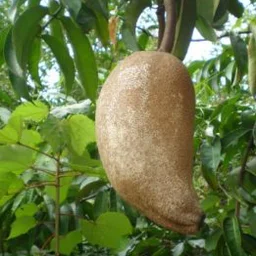
Veg tallow tree
Allanblackia floribunda
It is an evergreen forest tree confined to tropical Africa, to 30 m tall. Bole straight, occasionally fluted. Bark dark brown, patchy; slash thin, reddish at the surface, yellow beneath, exuding a sticky yellow juice. Branches slender, drooping and often conspicuously whorled.
Seeds and fruits are edible. The seeds yield a vegetable butter while the bitter seedcake is used as an animal feed.
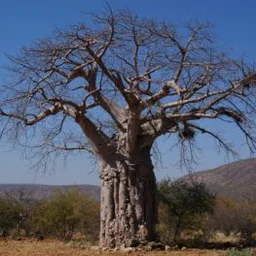
Baobab
Adansonia digitata
The tree is characteristic of thorn woodlands of the African savannahs, which are characterized by low altitudes with 4-10 dry months a year split into 1 or 2 periods i.e arid and semi-arid areas.
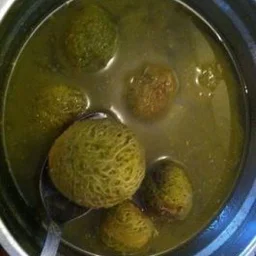
Sweet detar
Detarium senegalense
Detarium senegalense is a leguminous tree tree, it produces globular fruits, it may grow up to 40 m tall, typically found growing in gallery forests, savannas, or along river banks.
The fruit is nutritious, is a source of quality timber, medicinal.
